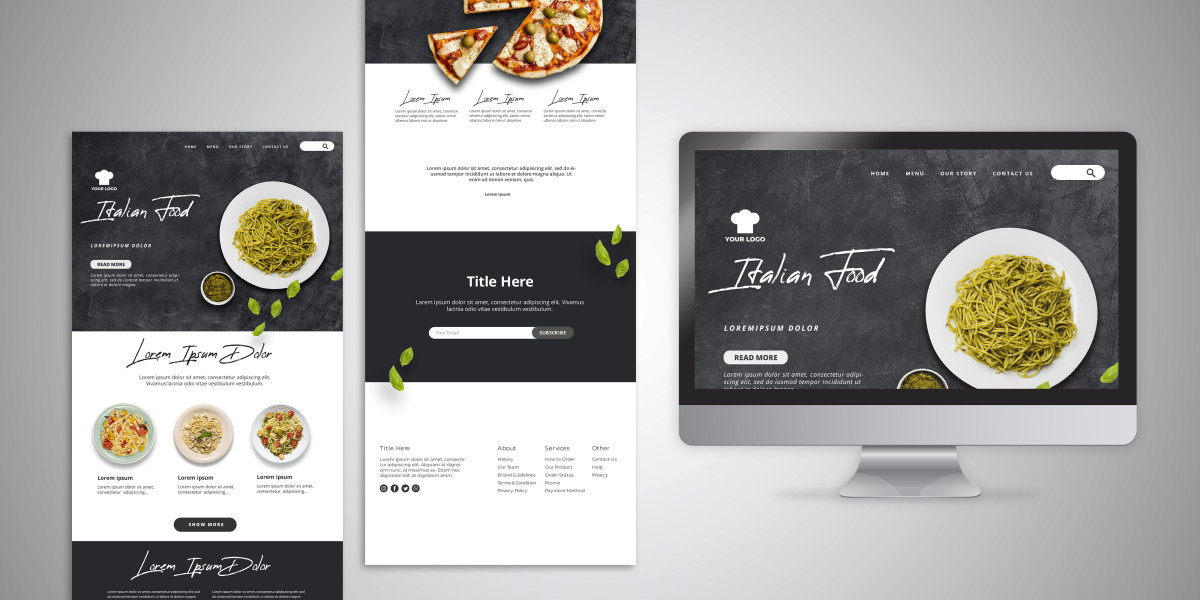Prospectus design is an art form that blends creativity with strategy to produce captivating visual narratives. In today's competitive business landscape, a well-crafted prospectus can be the key to making a lasting impression on potential clients or investors. This article delves into the process of prospectus design, exploring how ideas evolve into compelling images that effectively communicate a brand's message.
Ideation: Nurturing the Seed of Creativity The journey of prospectus design begins with ideation, where concepts are born and nurtured. This stage is crucial for laying the foundation of the prospectus, as it sets the tone and direction for the design process. Whether brainstorming in a collaborative setting or drawing inspiration from various sources, this phase is about exploring possibilities and refining ideas that will shape the prospectus.
Conceptualization: Turning Ideas into Actionable Plans Once ideas are generated, the next step is to transform them into actionable plans. Conceptualization involves fleshing out the details of the prospectus design, from content structure to visual elements. It's about translating abstract concepts into tangible design elements that will resonate with the target audience. By creating a solid roadmap during this stage, designers can ensure that the prospectus effectively conveys the brand's message and values.
Visualization: Bringing Ideas to Life Through Design With a clear concept in place, it's time to bring the prospectus to life through design. Visualization is where creativity takes center stage, as designers experiment with layout, typography, color schemes, and imagery to create visually stunning compositions. The goal is to strike the perfect balance between aesthetics and functionality, ensuring that the prospectus not only looks appealing but also serves its intended purpose of informing and engaging the audience.
Iteration: Refining and Perfecting the Design The design process is rarely linear, and iteration plays a crucial role in refining and perfecting the prospectus. Through feedback and testing, designers identify areas for improvement and make necessary adjustments to enhance the overall effectiveness of the design. Whether it's fine-tuning the layout for better readability or selecting more impactful images, iteration is about striving for excellence and ensuring that the prospectus meets the highest standards of quality.
Presentation: Unveiling the Final Masterpiece After countless hours of brainstorming, conceptualization, visualization, and iteration, the prospectus is finally ready to be presented to the world. This stage is about more than just sharing the design; it's about showcasing the brand's identity, values, and offerings in the best possible light. Whether it's through print or digital channels, the presentation of the prospectus should be carefully curated to leave a lasting impression on its audience.
Conclusion: Prospectus design is a dynamic process that requires creativity, strategy, and attention to detail. From ideation to presentation, each stage plays a crucial role in shaping the final outcome. By embracing creativity and leveraging design principles, businesses and organizations can create prospectuses that not only captivate their audience but also effectively communicate their message and drive action.








